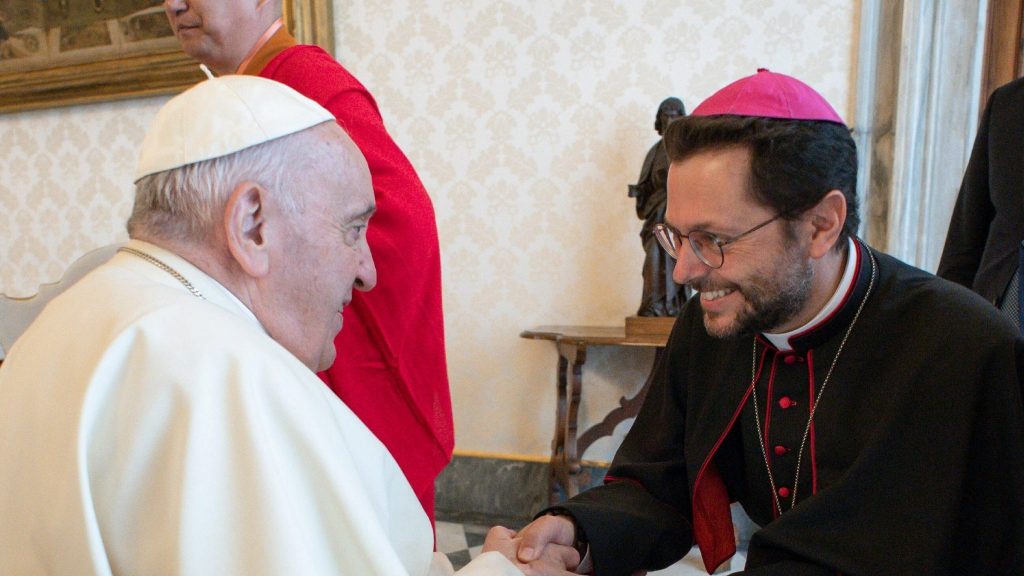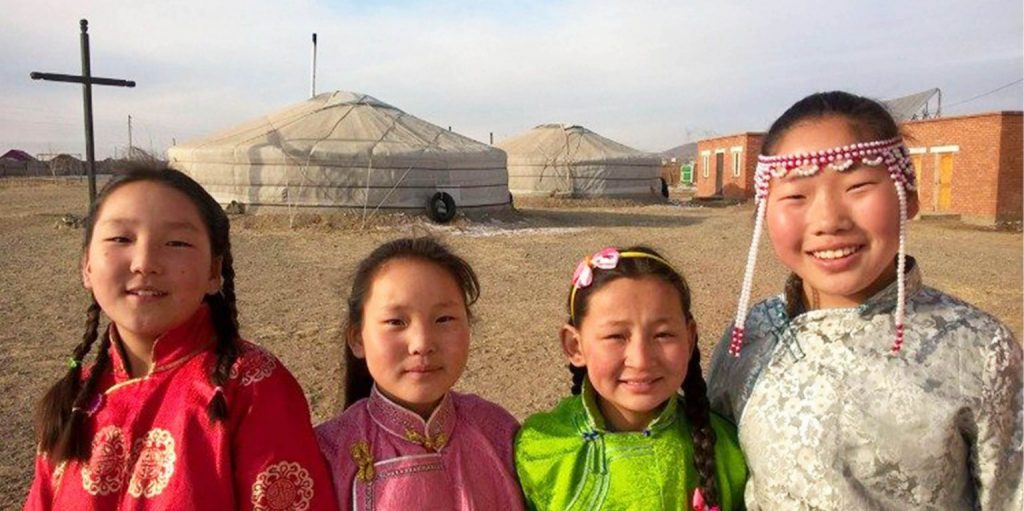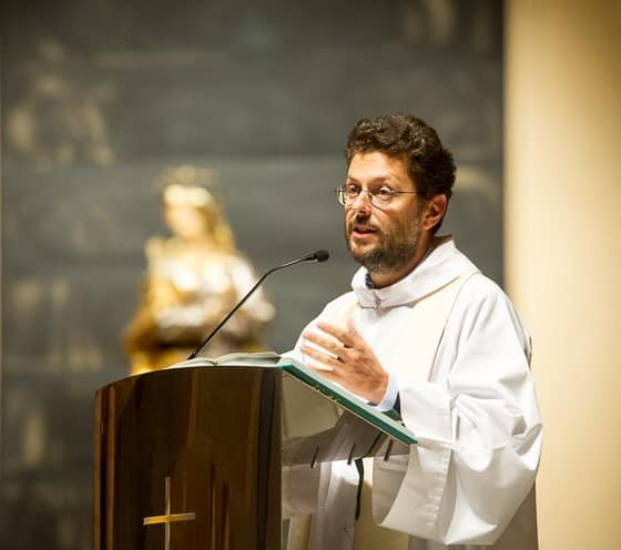Valentina di Giorgio
(ZENIT News / Ulan Bator, 31.08.2023).- With the Apostolic Journey to Mongolia, Pope Francis initiates, so to speak, his 2023-2024 cycle. The Holy Father is going to a country of Buddhist majority and large territorial extension, bordering on one side with Russia and on the other with China. There are those that see these two borders as the Pontiff’s real pretext to visit one of the world’s smallest Catholic communities.
But how does the Catholic Church live in Mongolia? The answer was given to PIME magazine Mondo e Missione by Giorgio Marengo, the world’s youngest Cardinal, who is also Mongolia’s Bishop.
In regard to the Church’s relationship with local institutions, he said: “It has been good from the beginning and we continue cultivating it in dialogue with the Authorities at the local and national level, especially when it comes to explaining what the Catholic Church is, moving away from certain simplifications: as legacy of Socialism, there continues to be a certain suspicion against religion. Instead, we want to make it clear that we represent a reliable partner for the State, not a threat. So we base ourselves on the beauty of the Mongolian past: already at the time of the Empire founded in 1206 by Genghis Khan there was a certain tolerance and Nestorian Christians existed. Franciscan Giovanni da Pian del Carpine was the first westerner to set foot on Karakorum, the imperial capital, a fact known in the world of culture, among historians and archaeologists, but not at the level of “popular knowledge.”

Cardinal Giorgio Marengo is not Mongolian. However, he carries out his ministry in the midst of a local population. Asked about what calls his attention to Mongols he said they are “full of human richness, spiritual and cultural. I admire much Mongols’ endurance, accustomed to suffer so many extremes, both climatic as well as geographic: they have internalized this capacity to endure life’s blows and they have matured with great wisdom, transmitted from generation to generation. And they have a marked sensitivity towards the religious dimension.”
As we mentioned, Mongolia is a country with just over three million inhabitants, the majority of whom are Buddhist, although they also have much Shamanism. This is how the Archbishop of Ulan Bator described Mongols’ spirituality: “Formed by Shamanism and Buddhism, with a series of symbols, figurative art, a 70-year musical patrimony of rigid Communism, which they have been unable to eradicate, not even with violence. Mongolia is the Buddhist country with the largest number of martyrs, some 15,000 monks massacred during the terrible Socialist purges. In general, for Mongols, life cannot be interpreted only on the basis of what is “visible, palpable and calculable.”
Focusing on the face of the Mongolian Church, Cardinal Marengo said that “Its beauty is the freshness in the faith: the Christians, all of the first or second generation, embrace the Word of God and seek genuinely to live in its light.” Speaking of the Bishops of Central Asia, Pope Francis used the image of the “bud in the steppe,” a nascent Church that requires from us, the missionaries, special care, profundity, commitment.”

Mongolian Catholics. Photo: eguur.mn
Despite being a small Catholic community they must be in dialogue with Buddhism. In regard to areas of dialogue between Catholics and Buddhists, he said there are a lot. Our first Bishop, Monsignor Wenceslao Padilla, was already committed in this sense, and for us missionaries dialogue is one of the key aspects of our presence. Moreover, in the last years I have experienced growth in relations at the official level: an inter-religious group exists today that includes Catholics, Evangelicals, Mormons, Buddhists, but also Muslims, Bahai and a Jewish exponent. With Buddhism there continues to be a privileged channel of which the first official visit to the Vatican last year attests, of a representative of Mongolia. “
Finally, speaking about evangelization, Cardinal Marengo explained that “70% of the Church’s activity is social work, but through this attention to one’s neighbour with an evangelical spirit, which is gratuitous, we attempt to incarnate Jesus’ message, so that people will recognize Him.” And, in regard to the insertion of the message in the local culture, he concludes: “The first vehicle is the language, used for the celebration. Then we live the key moments of existence, such as birth and death, attempting to integrate elements of the tradition in the liturgy, with the help of the Mongol faithful. We are also rethinking the music, with local instruments. And there are innumerable examples of openness to the native culture.”



